Discover the 100 galleries participating in ‘OVR: Pioneers'
Author Emily McDermott sheds light on seven featured practitioners whose work has redefined what art can be
Log in and subscribe to receive Art Basel Stories directly in your inbox.
The 100 galleries participating in ‘OVR: Pioneers’, Art Basel’s forthcoming edition of Online Viewing Rooms, have just been announced. Uniting these varied presentations is the trailblazing nature of the artistic practices they are highlighting – from conceptual art in the US and Europe’s Art Informel to queer performance in the 1980s and today’s experiments with machine learning. Read on to discover seven featured artists who paved their own paths – and in doing so, often cleared the way for the generations to come.
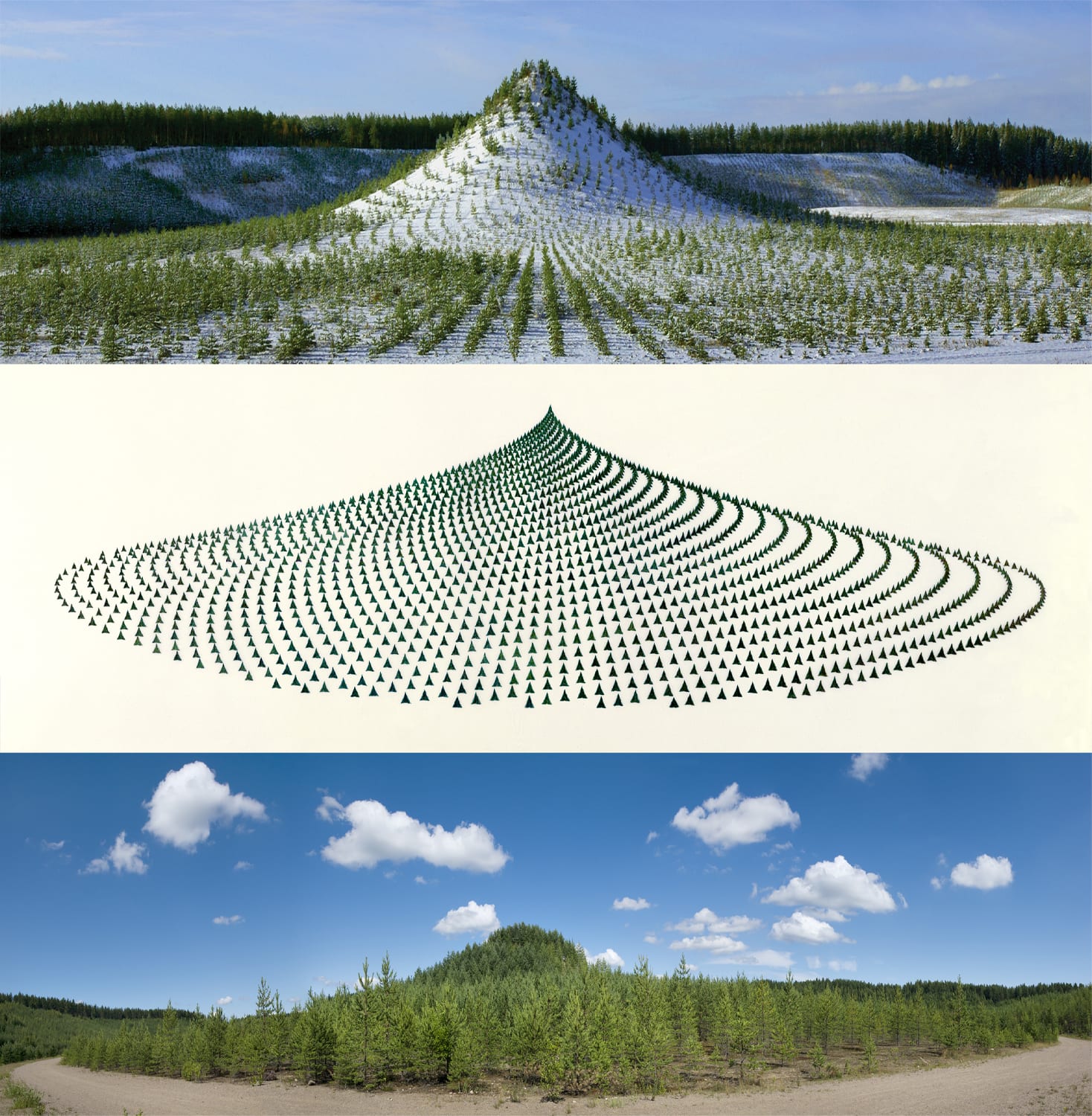
New York–based artist Agnes Denes (b. 1931, Budapest) has produced a vast body of work since the 1960s, when she became a pioneer of both conceptual and environmental art. A notable selection of Denes’ works on paper, including her geometric map projection drawings, alongside photographs representing two of her most iconic pieces of land art, are presented by acb Gallery (Budapest). One photograph is Wheatfield – A Confrontation: Battery Park Landfill, Downtown Manhattan (1982), which was exactly what the title suggests: Denes transformed a two-acre landfill on the southern tip of Manhattan into a field, where she planted, grew, and harvested golden wheat.
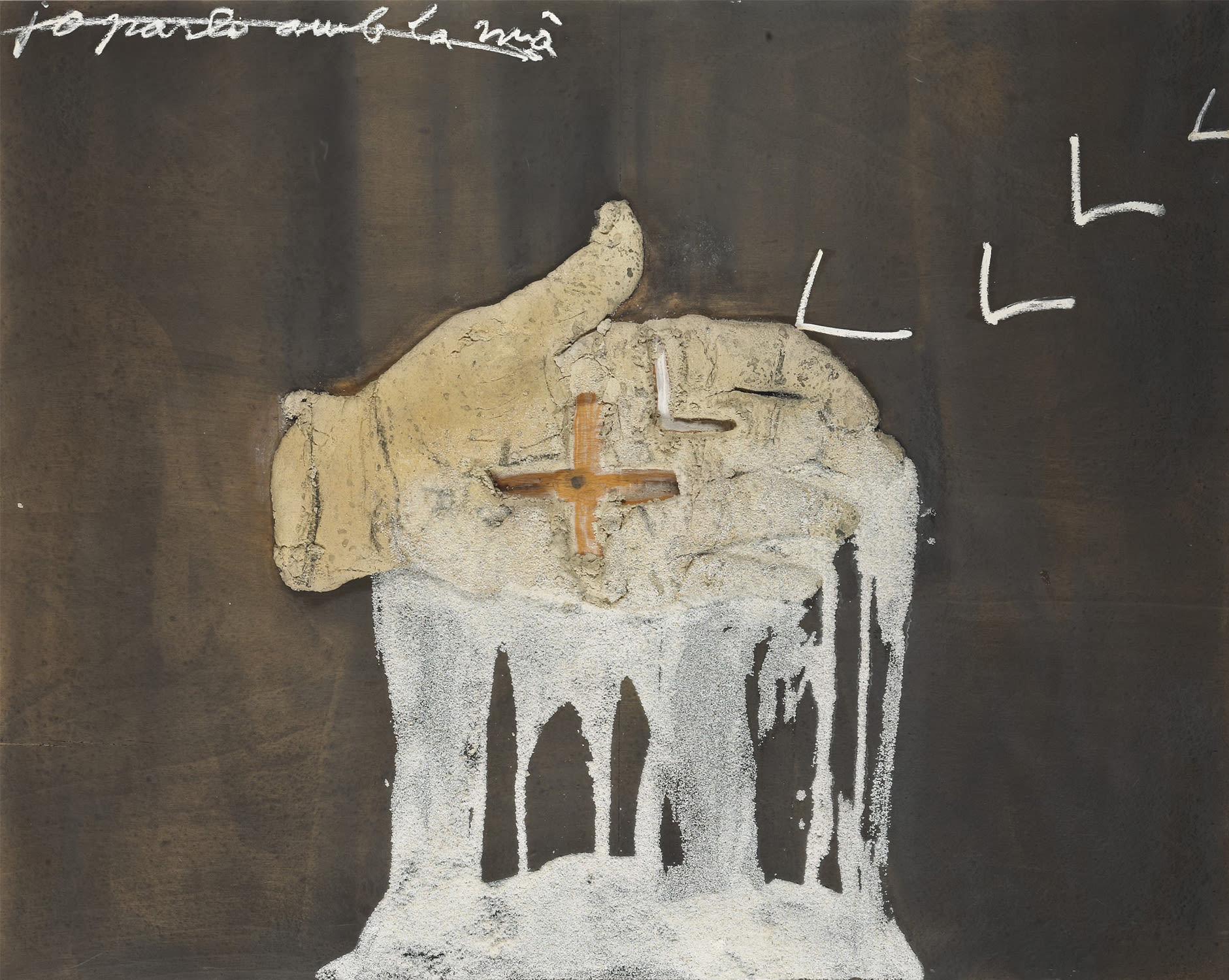
During those decades that Denes was rising to prominence, across the Atlantic, Antoni Tàpies (b. 1923, Barcelona) was witnessing Arte Povera come to life. The movement drew significantly from Art Informel, which had arisen more than 10 years earlier and in which Tàpies had played a key role. When the artist began working with mixed media in 1953, he undermined what had, until then, been considered fine art: he incorporated marble dust, sand, and clay into his paints, and added objects such as string, paper, and cloth to create assemblages. Through this, he explored objects’ physical transformations. These early techniques can still be seen in paintings he made around the turn of the century, shown by Helly Nahmad Gallery (New York City).
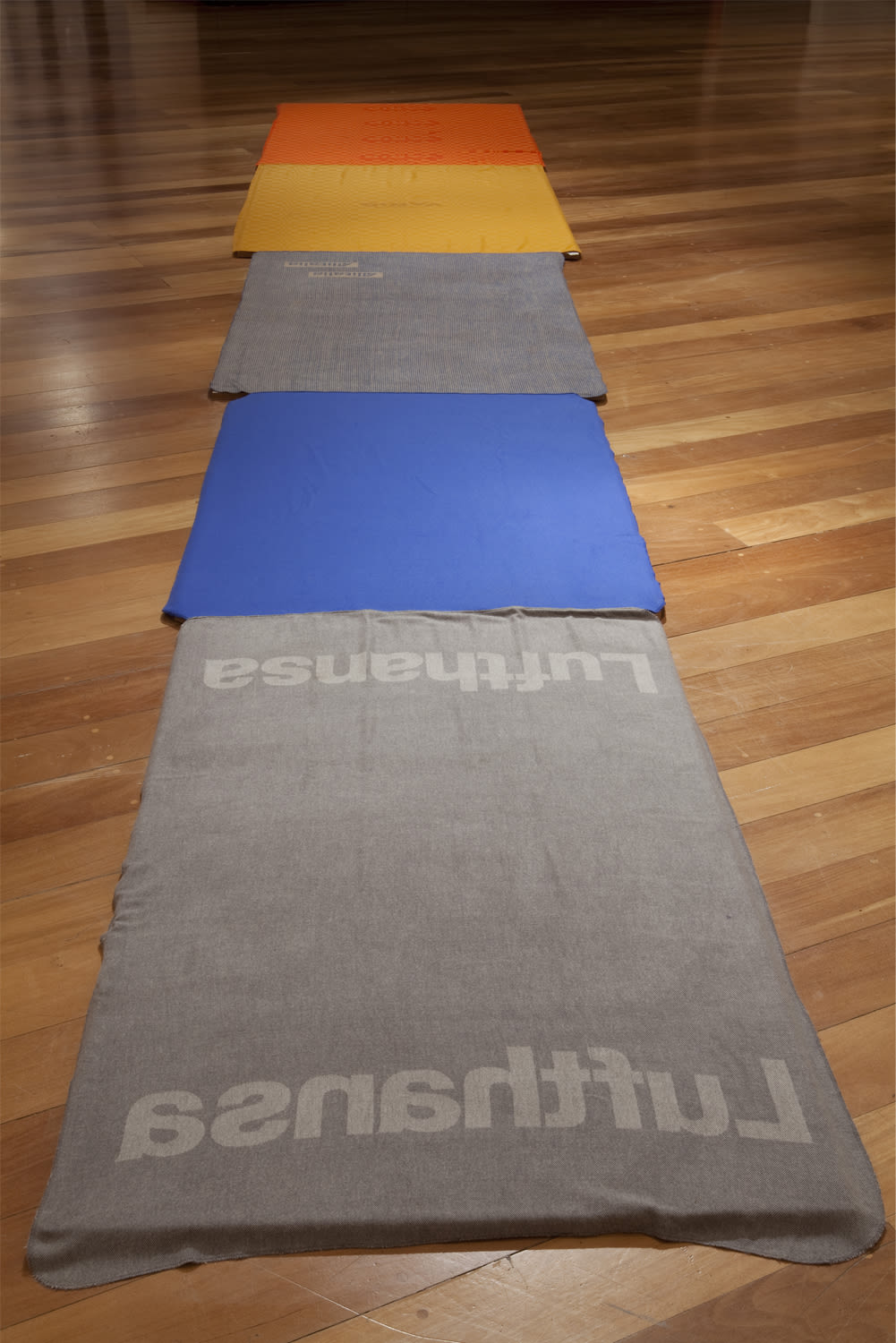
Also interested in the act of transformation is Jac Leirner (b. 1961, São Paulo), whose work often examines the transition between the personal and the political. She pioneered such interrogations with her use of mundane materials such as plastic rulers, used envelopes, plastic shopping bags, and empty cigarette packs. The presentation of her work by Fortes D’Aloia & Gabriel (Rio de Janeiro, São Paulo) includes Corpus Delicti (Blankets) (1993), a sculpture comprising blankets stolen from flights taken on Brazilian airlines. For Leirner, the piece, along with others from the series, ‘convey a history, with the idea of transgression being imprinted on them’.
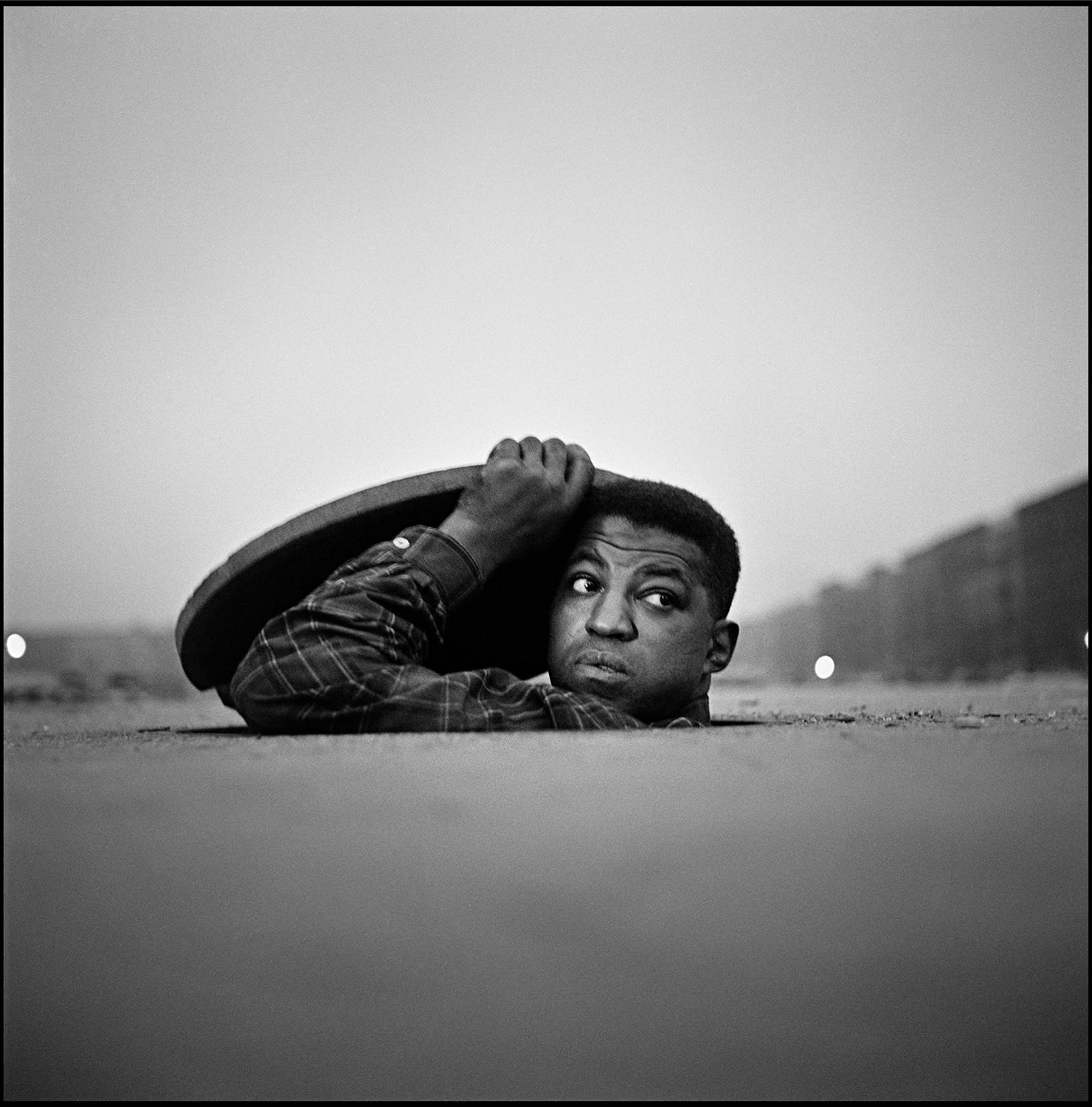
The American photographer and filmmaker Gordon Parks (1912–2006) also conveyed history, albeit in a significantly different era and style. Parks is recognized for his empathetic portrayal of Black life during a turbulent period of his home country’s history. He documented the violence inflicted upon African Americans during the Jim Crow era as well as the Civil Rights Movement. With his innovative approach to photography, Parks became the first Black staff photographer at Life magazine and was also the first Black director of a major Hollywood film. Alison Jacques Gallery (London) is presenting a selection of his photographs, including one of his most iconic: American Gothic, Washington D.C. (1942).
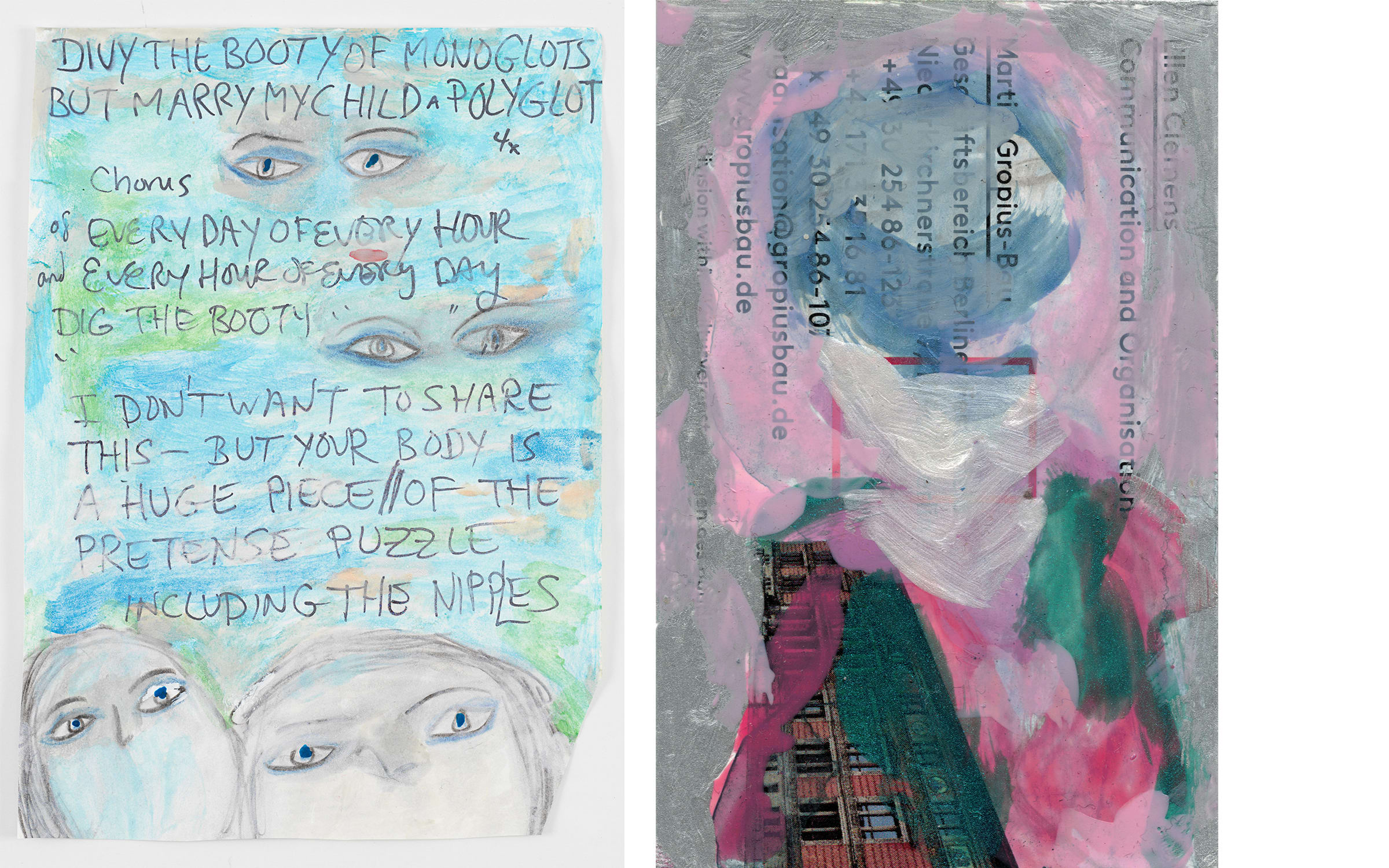
Flash-forward to the decades following widespread desegregation in the US and another artistic trailblazer is to be found: Vaginal Davis – the moniker chosen to honor and sexualize the radical civil rights activist and scholar Angela Davis. The artist broke new ground with a disruptive performance aesthetic known as ‘terrorist drag’: born intersex, she was among the first to use her Black queer body as a tool to engage in erotic provocations and punk-drag performances. She is also known for her radical approach to writing, filmmaking, musical composition, and painting. Galerie Isabella Bortolozzi (Berlin) presents a range of Davis’ recent paintings, made with household cosmetics such as nail polish, along with her film The White to Be Angry (1999).
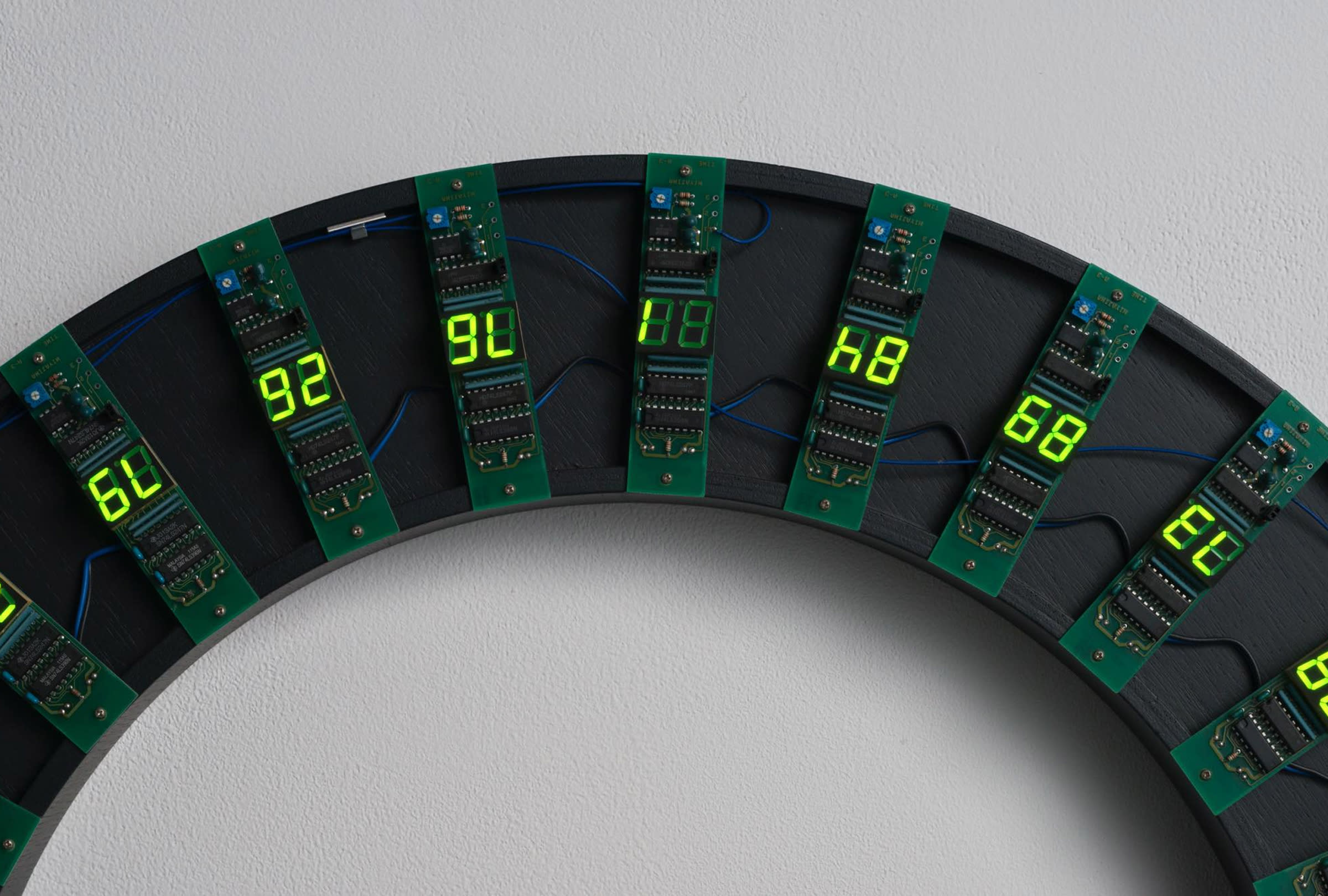
Moving in the opposite direction of using the human body as an artistic device are Tatsuo Miyajima and Miao Ying, both of whom focus on technology. Miyajima (b. 1957, Tokyo) is known for his groundbreaking work with LEDs. In 1987, he developed a prototype for a new LED gadget that could count; the counter immediately became a cornerstone of his installations and sculptures, two of which are presented by SCAI the Bathhouse (Tokyo). Ying (b. 1985, Shanghai), meanwhile, is a master of current digital technologies. She’s known for projects that explore the Chinese internet and online culture inside the Great Firewall, consistently addressing how technology’s representation of reality insidiously updates our perception of politics, aesthetics, and consciousness. Ying’s latest project – a digital fantasy world guarded by six artificial intelligences – is presented by Galerie nächst St. Stephan Rosemarie Schwarzwälder (Vienna).
‘OVR: Pioneers’ will open with a VIP preview March 24–25, 2pm CET. Public days will run March 25, 2pm CET–March 27, 12 midnight CET.
Emily McDermott is a writer and editor living in Berlin.
Top image: Miao Ying, Pilgrimage into Walden XII - the Honor of Shepherds, 2019–2021. Courtesy of the artist and Galerie nächst St. Stephan Rosemarie Schwarzwälder, Vienna | Commissioned by Asian Cultural Center, South Korea.

